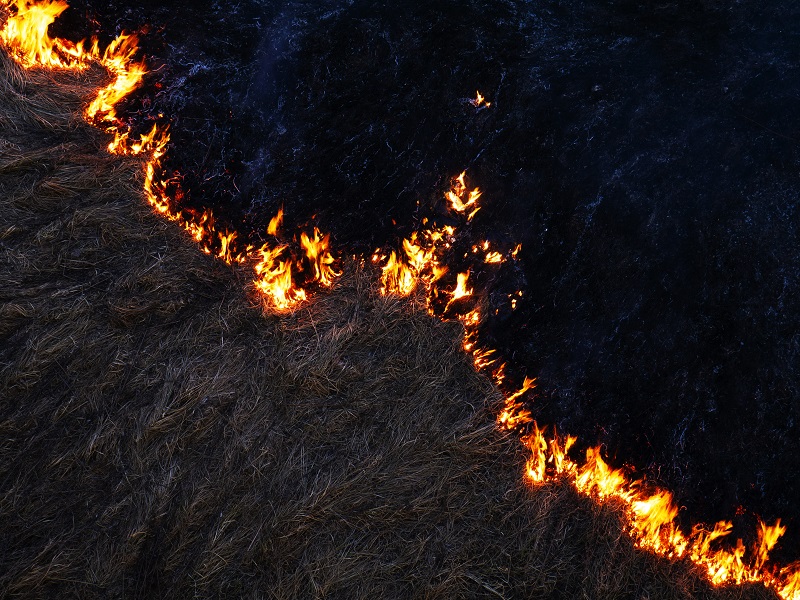Treatment Monitoring
In 2018, the Joint Prescribed Fire Monitoring Program was established by the California Air Resources Board and FRAP to enhance smoke monitoring, support public outreach campaigns for prescribed fire, and characterize both regional air quality trends and project-scale air quality impacts from prescribed fire. This program builds on the near-term impacts of prescribed fire and evaluates long-term effects beyond the number of acres burned. It measures fuels, vegetation, and forest structure before and after prescribed fire projects across all land ownerships in California and tracks study sites for multiple years to assess impacts to carbon dynamics, tree mortality, and species diversity. The program is expanding to include more research partners and topics, such as climatology and burn window analyses.
Prescribed Fire Monitoring
UC Davis (PI: Dr. Hugh Safford), California Prescribed Fire Monitoring Program.
To support CALFIRE in the development and implementation of a long-term monitoring program of prescribed fire in California, with the broad goals of measuring prescribed fire effects on fuels, botany, forest structure, carbon storage, and the resultant impacts to air quality. This work will service all landownerships in California to prove a scientific foundation to inform best practices for fire planning, benefit public messaging, and mitigate public health impacts as the State advances its goals to increase the pace and scale of prescribed fire.
Chico State University (PI: Eli Goodsell), Chico Ecological Reserves Prescribed Fire Research Program. 2023-2027.
The creation of a prescribed fire research program at Big Chico Creek Ecological Reserve (PI: Eli Goodsell, Reserve Director) will build on their long history of prescribed fire in this watershed and will provide opportunities for students and faculty to pursue various research questions related to prescribed fire in oak woodlands. Lead faculty for the program are Dr. Don Hankins, and Dr. Kristen Kaczynski. Expected work includes, but is not limited to: prescribed fire ethnography, live fuel moisture dynamics, microsite controls on fire weather and burn windows, fire intensity and principles of pyrodiversity, seasonal influences to prescribed fire effects, and the characterization of prescribed fire in riparian areas. This work directly supports the mission of the California Wildfire and Forest Resilience Task Force and will provide a scientific foundation for promoting more prescribed fire in oak woodland, chaparral, and blue oak savannah environments.
San José State University (PI: Dr. Kate Wilkin), SJSU Prescribed Fire Monitoring & Research Program in the South Bay and Central Coast.
Prescribed fire research and monitoring is needed to help managers effectively meet their project goals. Dr. Kate Wilkin at San José State University’s (SJSU) Biology Department and Wildfire Interdisciplinary Research Center (WIRC) has a unique opportunity to complete Prescribed Fire Monitoring and Research in the South Bay and Central Coast region. This work aims to explore: the efficacy of prescribed fire and mechanical pre-treatment in Coastal Prairie Restoration, remote-sensing and scalable treatment effectiveness monitoring in CALFIRE-SCU, and chaparral pyrodiversity following the 2022 California Canyon Fire Experiment.
Senior Environmental Scientist
joe.restaino@fire.ca.gov
